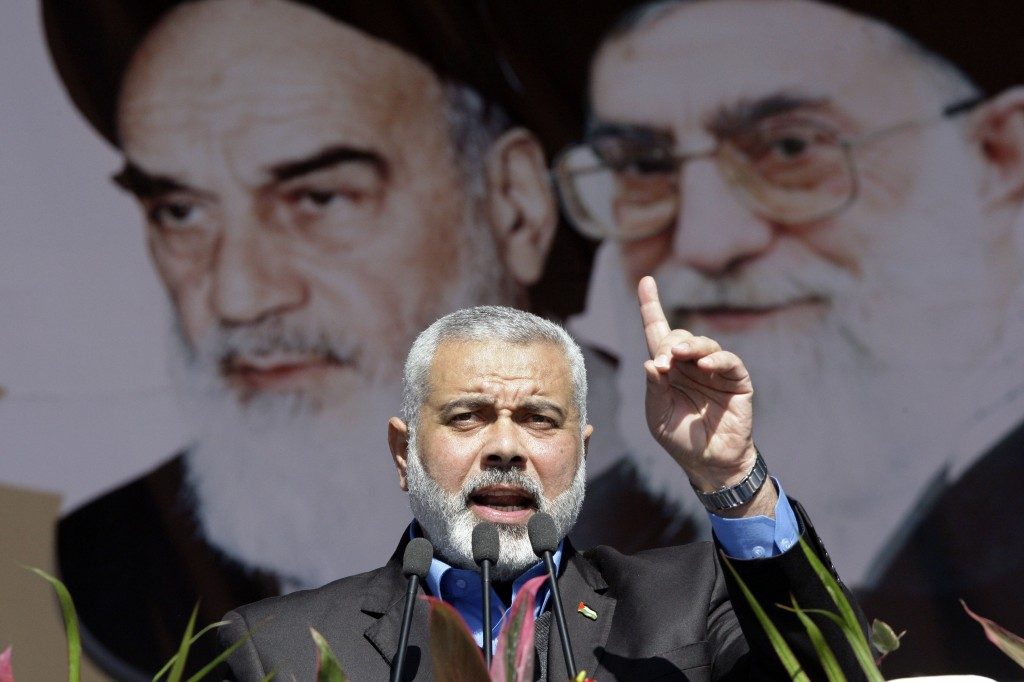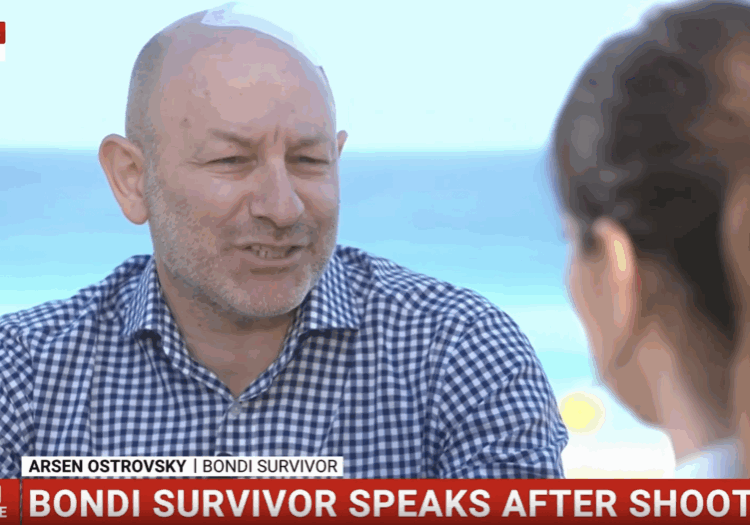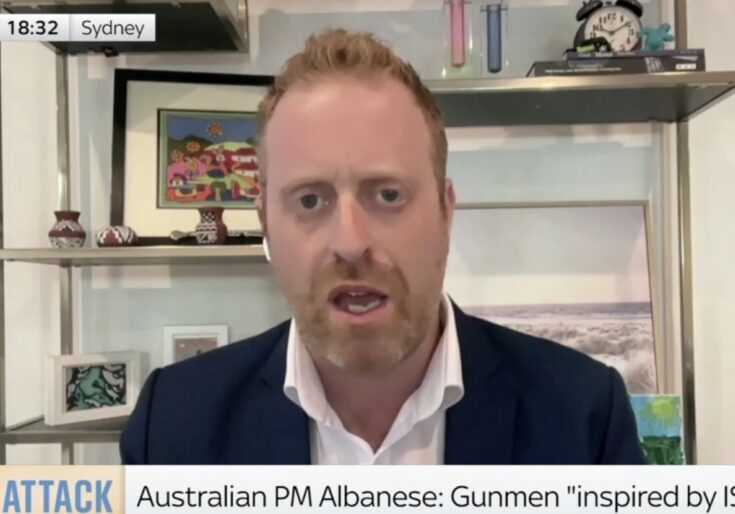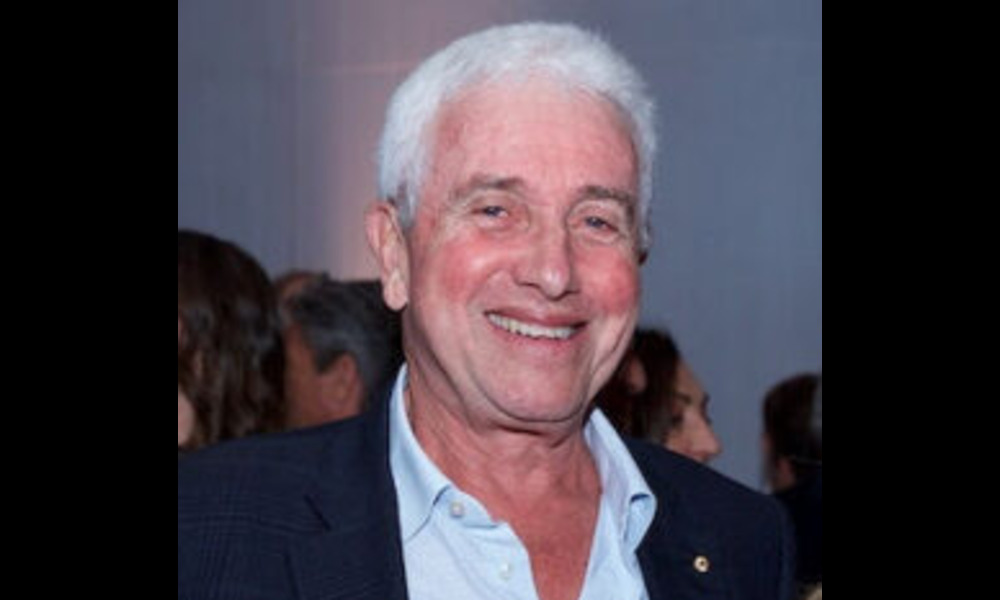FRESH AIR
PA Agrees – Iran behind Gaza border violence
June 19, 2018 | Oved Lobel

The Palestinian battle against Israel has almost always been intrinsically linked to external powers, and the ongoing Hamas-directed violent riots along the Gaza security fence are no exception.
According to the Shin Bet, Israel’s internal security service, “Iran is providing funding to Hamas in order for it to carry out these violent activities along the Gaza Strip’s border fence.”
The Palestinian Authority reportedly agrees, warning the French government that “Iran is fully financing and pushing the Hamas demonstrations.”
These warnings, and indeed the riots themselves, should be viewed within the broader context of the Iranian regime’s long-standing demands for Israel’s annihilation, that date back even before the 1979 Islamic revolution.
The current Iranian regime’s co-option of Palestinian terrorist groups actually began nearly a decade before that revolution, when Ali Akbar Mohtashamipur, the deputy of revolution leader Ayatollah Ruhollah Khomeini, formed an alliance with the Palestine Liberation Organization (PLO) in Lebanon, then in the grip of a large-scale civil war. It would not be an exaggeration to say that the PLO helped create Hezbollah, the Lebanese arm of the Islamic Revolutionary Guard Corps (IRGC), with Arafat’s Force 17 training hundreds of Khomeini loyalists in Lebanon and the most infamous member of both, Imad Mughniyeh, actually moving from the former to the latter. Mohtashamipur, meanwhile, became ambassador to Syria following the revolution even as he remained a senior member of the IRGC, and began coordinating the export of the all-encompassing Iranian revolution – of which the Palestinians became a vital node – from Iran’s embassy in Damascus.
The rise of the violent Islamist groups, like Hamas and Palestinian Islamic Jihad (PIJ), in the 1980s and 1990s gave Iran a further opening into the Palestinian movement. Israel’s deportation of hundreds of Hamas activists to Lebanon in the early 1990s first brought them into contact with Hezbollah. After Arafat’s faction began negotiating with Israel, the Syria-Iran “resistance axis” formed an alliance of several rejectionist Palestinian factions, both Islamist and secular, to undermine the deal and attack Israel. It was at this stage that Hamas moved its external headquarters to Damascus, falling under the command and control of the IRGC as it oversaw the significant part of the Second Intifada for which it was responsible.
Mughniyeh, now chief of Hezbollah’s external operations unit, was tasked with training Hamas, PIJ and others in Lebanon and Syria. Iran funded, armed, trained, and directed all the Palestinian groups to varying degrees, and would recruit agents from the hundreds of wounded Palestinians that were sent to Iran for treatment.
Despite a falling out in 2012 between Hamas and Syria over Syria’s murderous reaction to nationwide protests, resulting in the expulsion of Hamas from Damascus, Iran maintains strong control over the group’s actions. It is attempting to reconcile Syria and Hamas, and a lot of the group’s military leadership, including Saleh al-Arouri, are now reportedly based in Lebanon, where the IRGC supervises every aspect of its activities and is allegedly attempting to establish Hamas bases to open a second front against Israel.
Hamas’ political leadership has recently been forced to ingratiate itself with Iran to reestablish their alliance, as they had been cut out of Iran’s pipeline funnelling tens of millions of dollars directly to militant commanders on the ground in Gaza after the disagreement over Syria.
Hamas is not quite as direct a subsidiary of the IRGC as the PIJ, with the PIJ’s own Secretary-General once describing the group as “fruit from the bountiful tree of the leader Khomeini.” According to Israel’s Coordination of Government Activities in the Territories (COGAT), “without an order from the Supreme Leader, even an Iranian bullet from an Iranian weapon is not fired” by PIJ. An even more direct IRGC affiliate peeled off of PIJ is al-Sabireen, which is Shi’ite and preaches Iranian theology. The ostensibly Fatah-affiliated Al-Aqsa Martyrs Brigade is also affiliated with Hezbollah, which Israel says has its own headquarters in Gaza to oversee activities and funds.
When Hamas’ Gaza Leader Yahya Sinwar proudly announced recently that Hamas and Hezbollah “coordinate and are in touch on an almost daily basis,” he implicitly means Hamas policy has to be run through the IRGC, given the history and logistics of their relationship. Iran maintains overwhelming financial and military leverage over Hamas, and provides a majority of the funding, equipment, and training for it and other groups in the Gaza Strip, making it an integral part of any Palestinian initiative there. While Hamas is not Hezbollah or the PIJ, it is still heavily dependent on the IRGC, and given that the violent riots were orchestrated by Hamas, they ultimately were orchestrated and of course funded by Iran.
RELATED ARTICLES

The Government’s actions still fall short: Joel Burnie on FDD Morning Brief

“The writing was on the wall for a number of years”: Colin Rubenstein on Channel 7 Weekend Sunrise





















